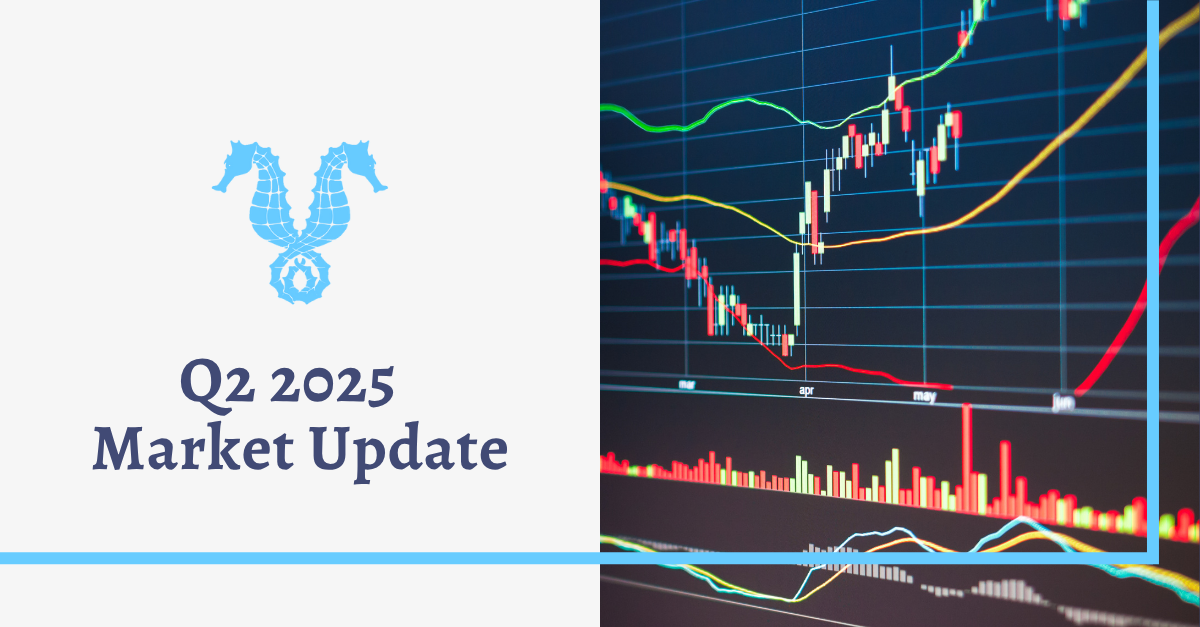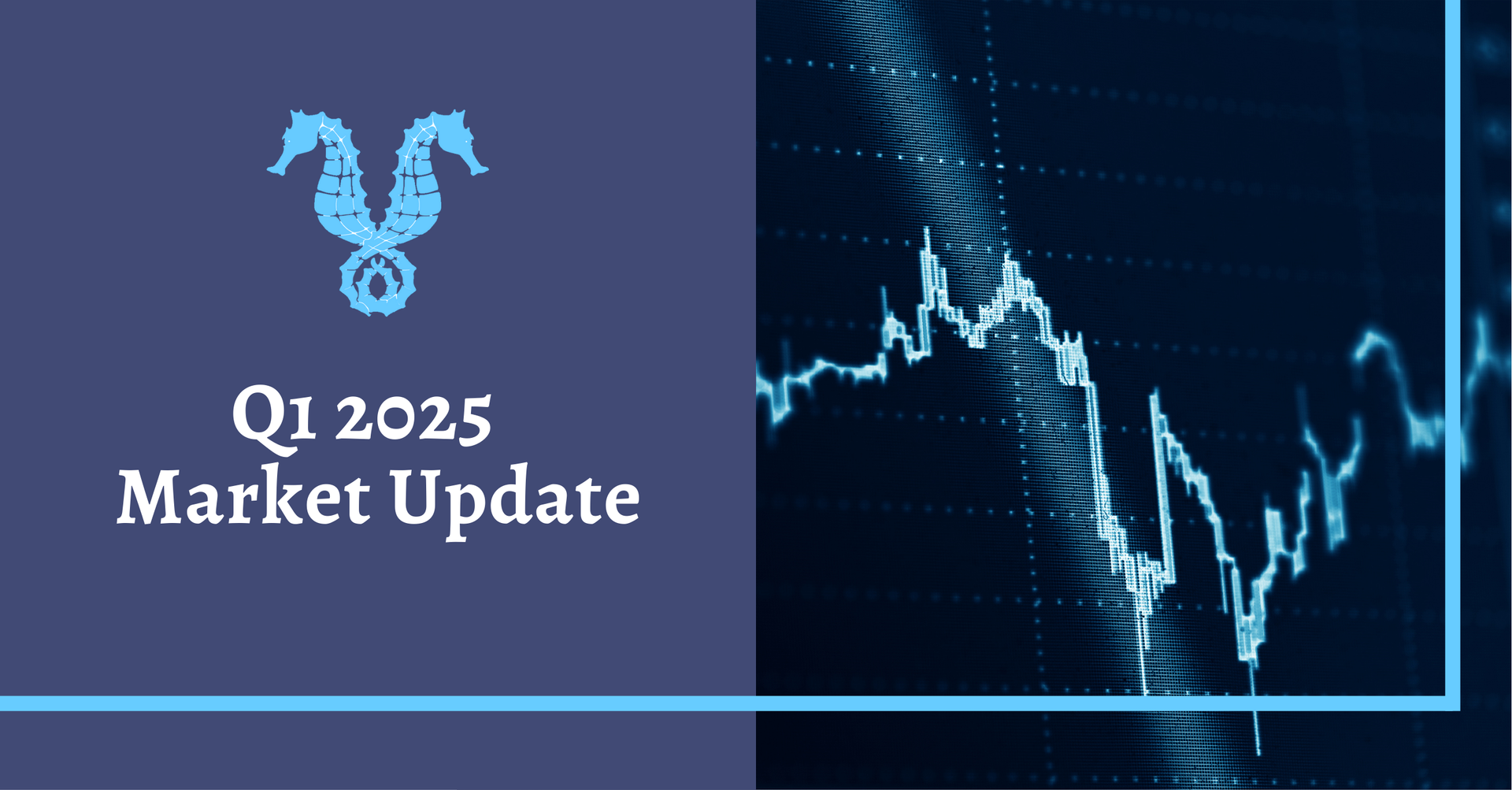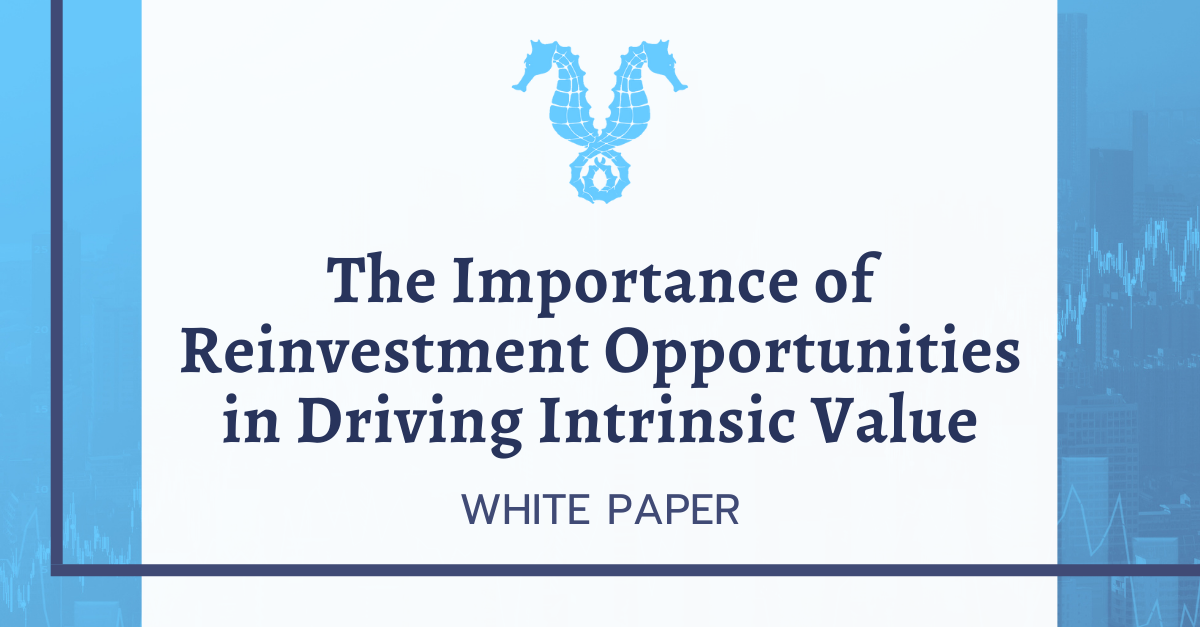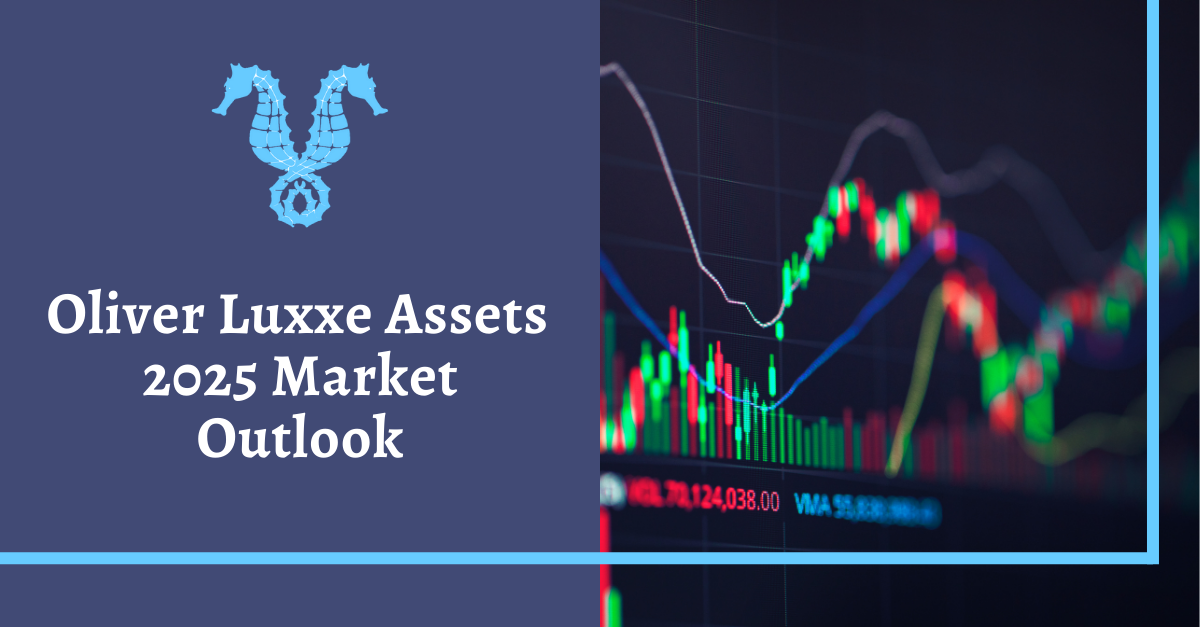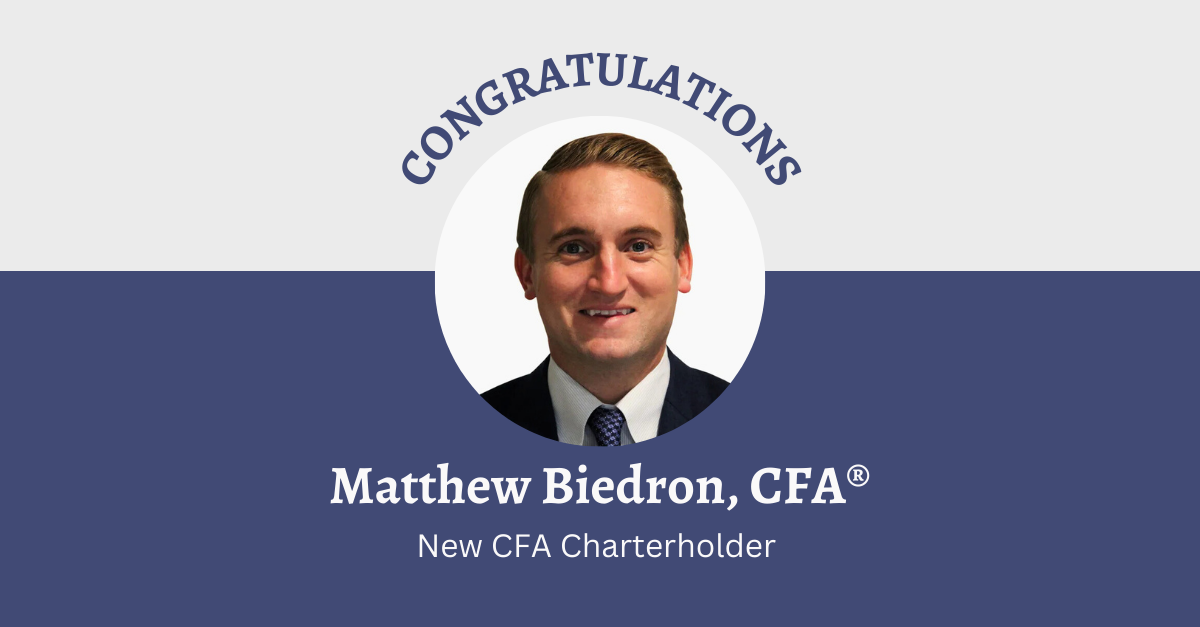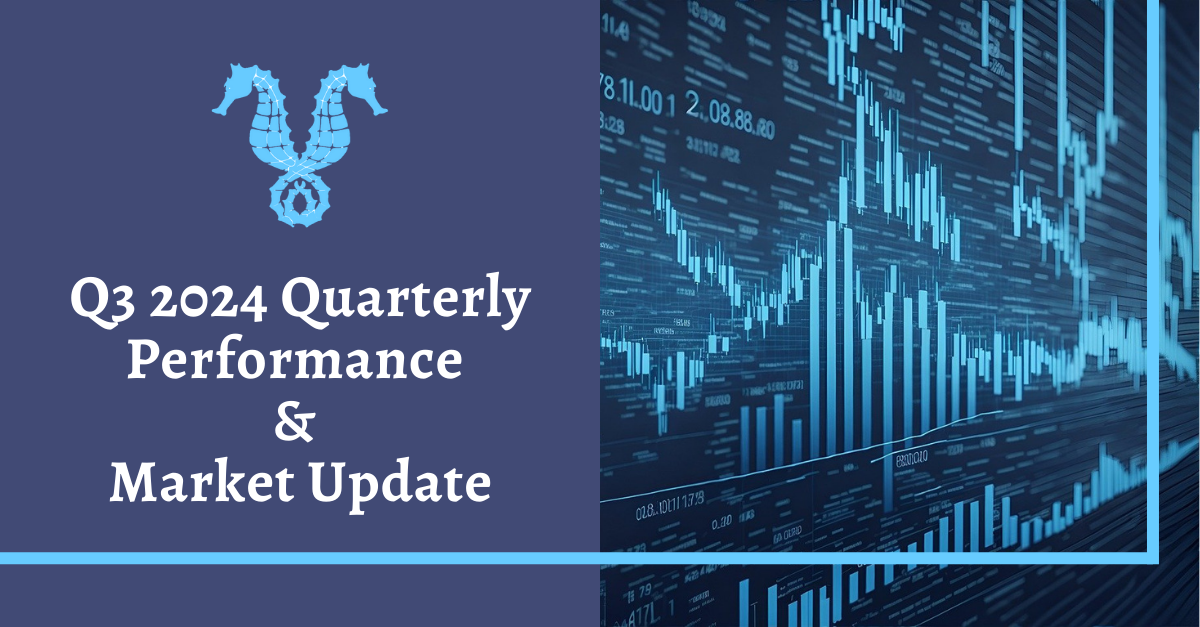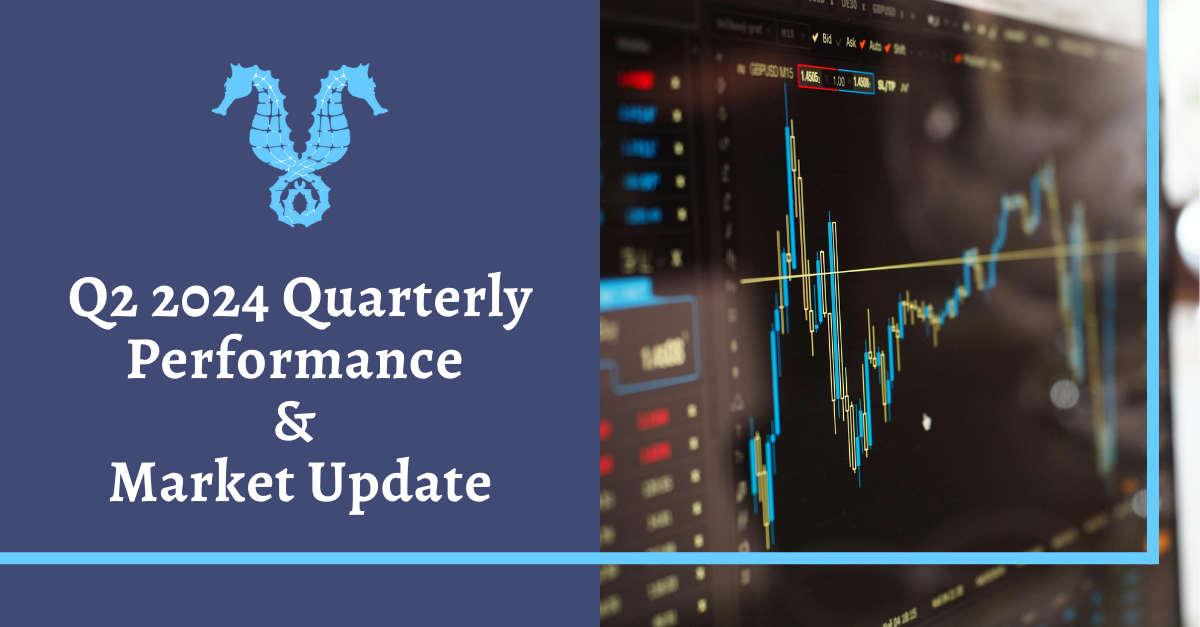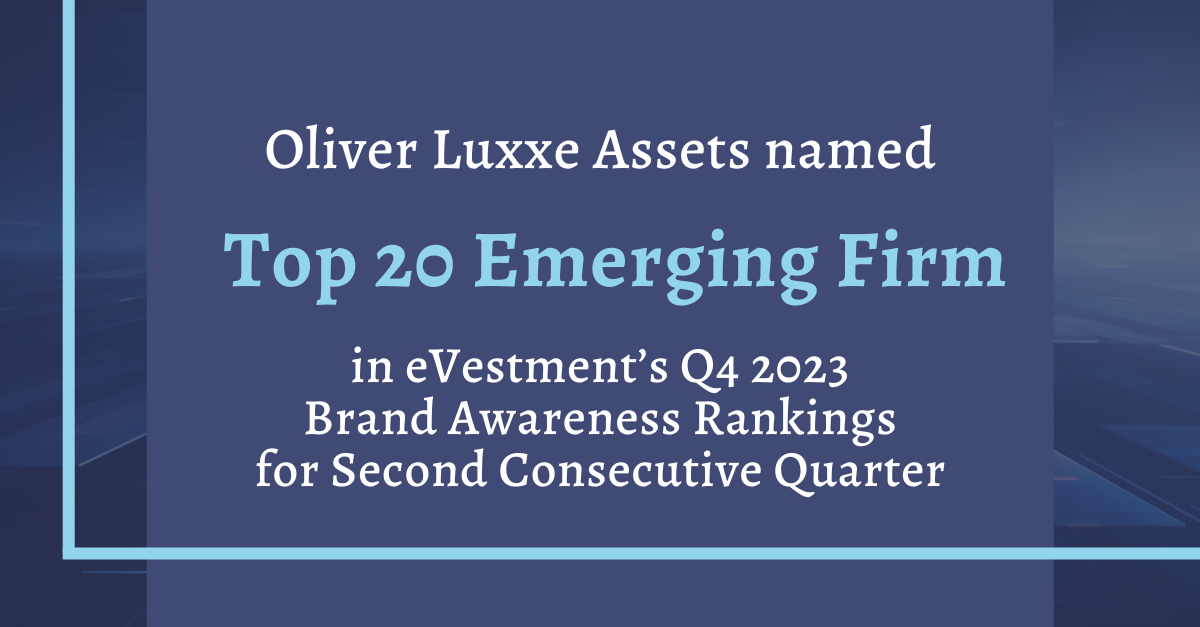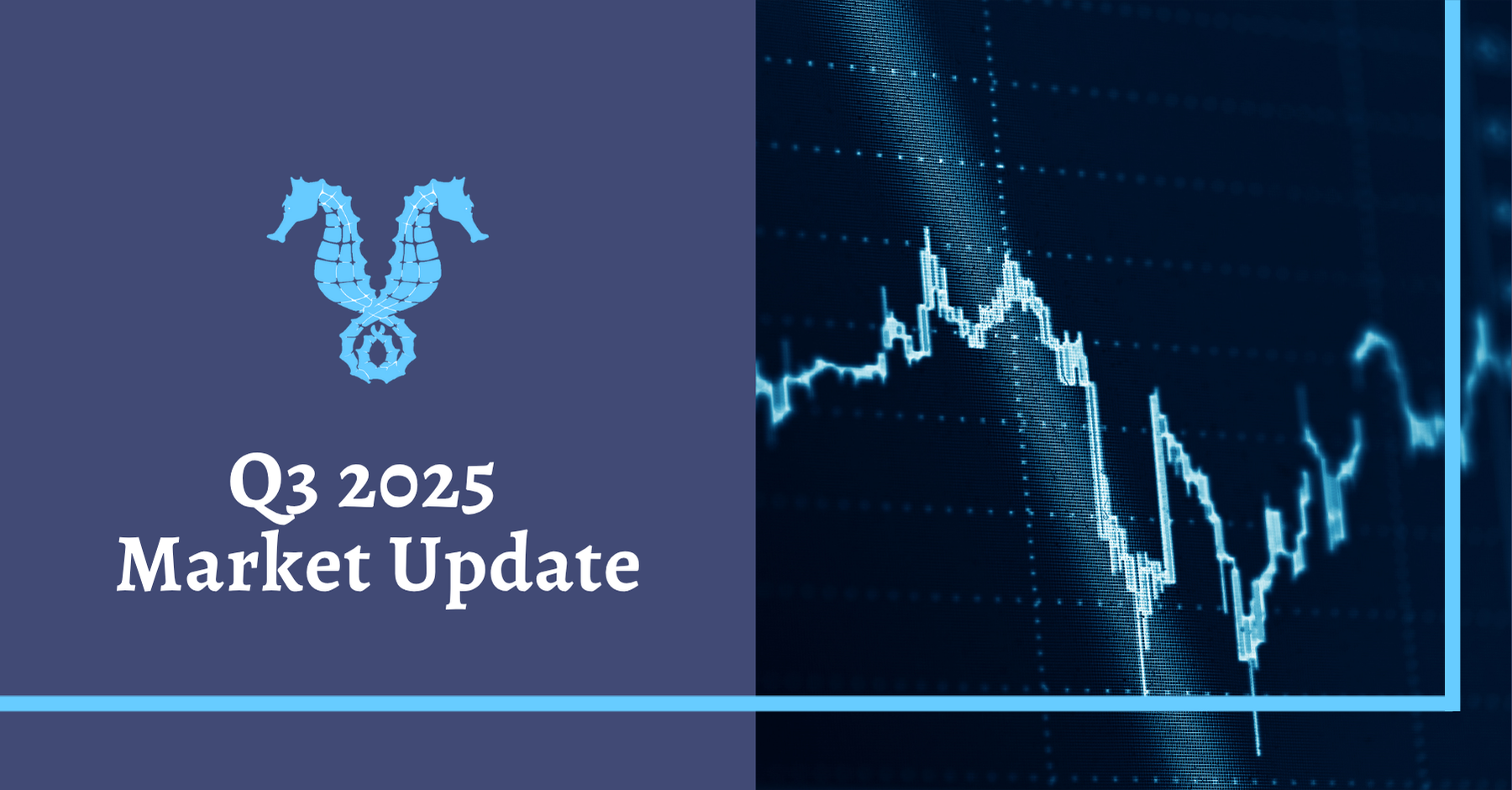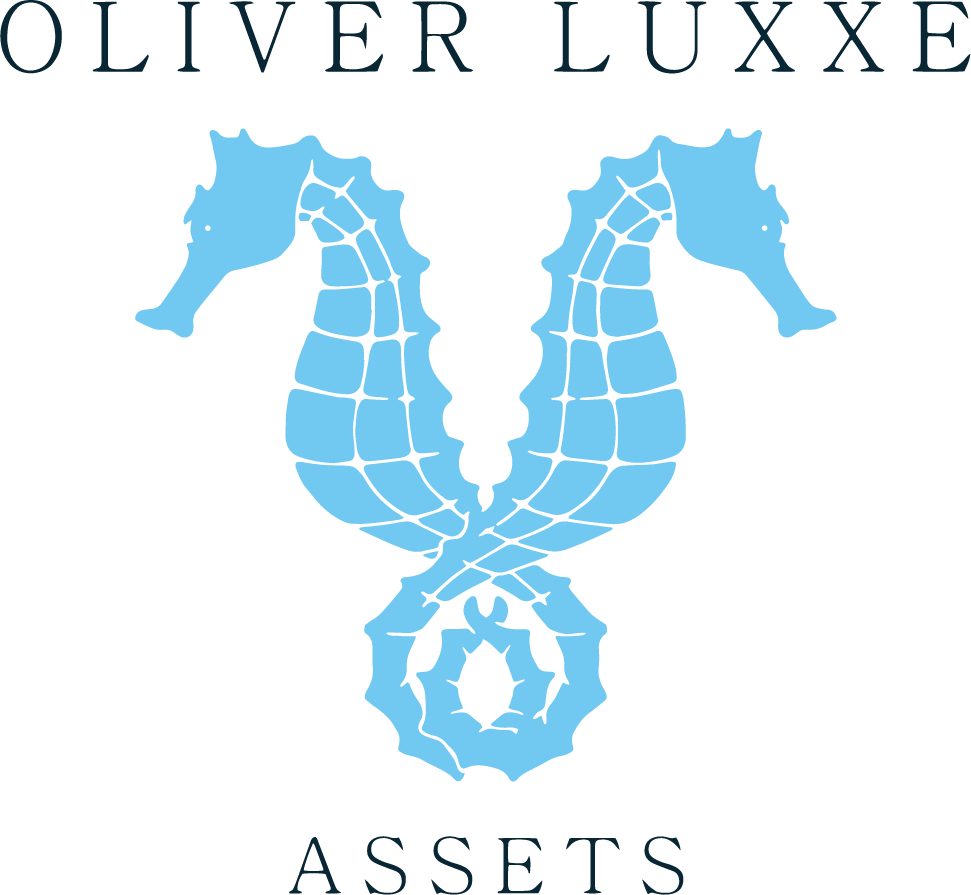White Paper: The 80/20 Business System
By Drew Crawford
Overview
The 80/20 principle, also known as the Pareto Principle, states that 80% of outcomes are often determined by just 20% of efforts or inputs. For a business, this principle is a powerful framework for optimizing resources, streamlining operations, and growing return on invested capital (see our ROIC whitepaper). The 80/20 Business System leverages this concept to help organizations identify high-impact activities, eliminate inefficiencies, and drive sustainable growth. This white paper explores the applications, benefits, and implementation strategies of the 80/20 principle across enterprises.
The 80/20 principle provides a framework where organizations can focus on what matters the most. By identifying the 20% of activities, customers, products, or processes that generate 80% of results, businesses can prioritize high-value opportunities and eliminate low-impact revenues. The 80/20 Business System is a strategic methodology that integrates the Pareto Principle into core business functions. This framework consists of three pillars: 1.) Identification, 2.) Optimization, and 3.) Iteration.
Benefits of the 80/20 Business System include increased efficiency (i.e., focusing on high-impact activities), higher profitability (prioritizing high-margin products or customers), improved decision-making, and scalability. The 80/20 end-goal and benchmarking tool for many businesses is to grow their return on invested capital (ROIC). Recall, ROIC is commonly defined as Net Operating Profit After Tax divided by Total Invested Capital. 80/20 should drive higher NOPAT via increased profitability, while reducing the amount of capital invested in non-core and low margin lines of business.
Examples
While many of the well-known companies that adopt 80/20 principles are Industrials, most businesses can apply this framework to optimize their efficiency. Below, we highlight companies within our Small-Cap strategy that have formally adopted the 80/20 Business System.
Gates Industrial Corporation plc (GTES).
Gates is manufacturer of engineered power transmission and fluid power solutions. The company announced 80/20 during their March 2024 Investor Day, which is part of GTES’s strategy to enhance operational efficiency, improve gross margins, and optimize their manufacturing footprint. Gates believes there will be adj. EBITDA margin expansion from 2024 to 2026 due to 80/20-driven initiatives, irrespective of macroeconomic factors.
Flowserve Corporation (FLS).
Flowserve is a manufacturer of flow control equipment & systems, and serves the oil & gas, chemical, industrial, power generation, and water management end-markets. FLS originally started its 80/20 process during 2024 in order to increase new product vitality, grow gross margins from 2024 to 2027, and to increase the mix of higher margin products. FLS is working to reduce low margin SKUs by -10% to -15%, while reinvesting in Research & Development (R&D) to grow more profitable revenue streams.
GTES and FLS share common themes in their 80/20 initiatives, including operational efficiency, high-margin segment focus, portfolio optimization, and consolidated margin expansion. Both leverage the 80/20 principle to streamline operations, reduce costs, and prioritize high-value products and customers, driving profitability in cyclical markets. GTES emphasizes automotive replacement and mobility segments, while Flowserve focuses on aftermarket services and energy transition. However, both of their approaches include enhancing efficiency and profitability through disciplined resource allocation (i.e., segmentation). At the end of the second quarter 2025, both management teams have reiterated their respective 80/20 financial impacts to long-term guidance.
Summary
The 80/20 Business System is a transformative approach to achieving “more with less.” By focusing on the most attractive parts of the organization, it can unlock significant efficiency, profitability, growth, and shareholder value. Implementing this system requires a strong management team and continuous iteration. Said differently, there is typically no formal ending to the 80/20 Business System, as it should become part of the company’s operating DNA. Businesses that embrace the 80/20 principle should be better positioned to perform well in a competitive, complex environment.
At Oliver Luxxe, we believe our “Private Equity in the Public Marketplace”
investment framework allows us to identify businesses that have strong balance sheets, sustainable cash flow generation, and compelling reinvestment opportunities. We look for businesses and management teams that are constantly looking for ways to improve their operating efficiency by utilizing concepts like the 80/20 principle.
